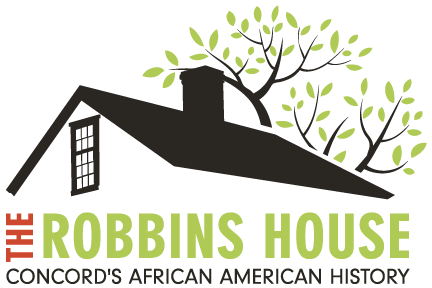On Brister’s Hill with The Walden Woods Project
We were rained out, rained out again, and nearly rained out a third time for our program On Brister’s Hill with Robbins House re-enactor Joe Zellner and Walden Woods Project Director of Education, Whitney Retallic. Here are highlights we learned about Brister Freeman, whose home was in the town forest and Walden Woods:
- Between the ages of 5-9, enslaved Brister was given to Concord’s Dr. Cuming, presumably as a wedding gift.
- In the Revolutionary War, Private Brister Cuming marched under Colonel John Buttrick to Saratoga in 1777, and watched British General Burgoyne surrender.
- Two years later he enlisted under the name Brister Freeman, announcing his newly acquired freedom.
- He was the second man of African descent (after John Jack) to purchase Concord land in 1785, where he built a house shared with Charlestown Edes, his black comrade in the Continental Army.
- He married, adopted his wife’s daughter, and had 2 sons. Both his wife and Charlestown Edes died of diseases associated with malnutrition. The soil in Walden Woods was so poor that o nutritious crops could be grown.
- Freeman worked as a day laborer around town, often at Peter Wheeler’s slaughterhouse on the mill pond.
- The Concord Social Circle Centennial edition (1782-1882) includes a passage about Peter Wheeler locking Freeman in his barn with an angry bull, with Wheeler astonished to see Freeman emerge and the bull slain.
- Freeman strove to maintain possession of his land, which may have been threatened by his failure to pay back taxes, by appearing in court with his deed. In his will he left his land to a neighboring woman, rather than have it go to an unwelcome owner.
- Brister Freeman died in 1822, the same year as Revolutionary War patriots of color Caesar Robbins and Case Feen.
- Peter Robbins pointed out the ditch fence dug around Freeman’s property, still visible today.

